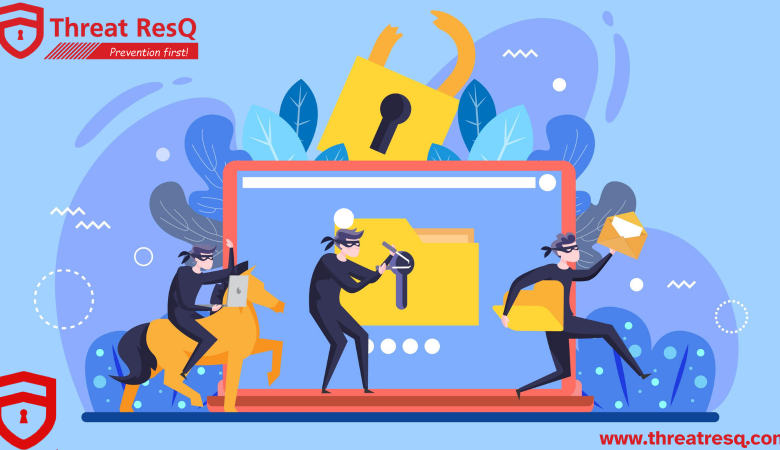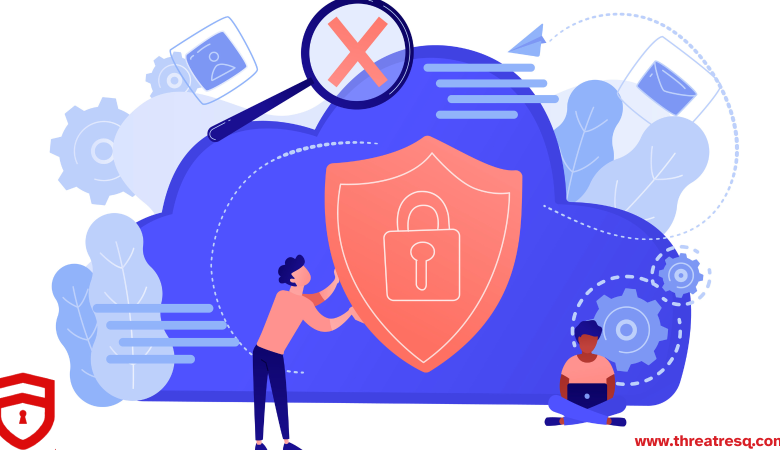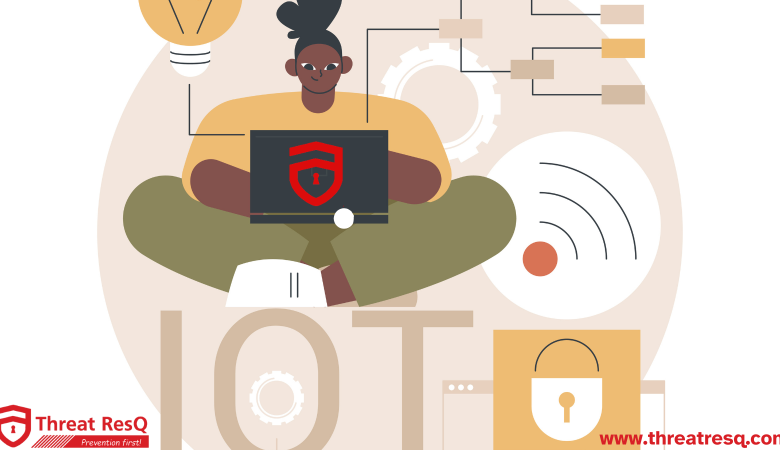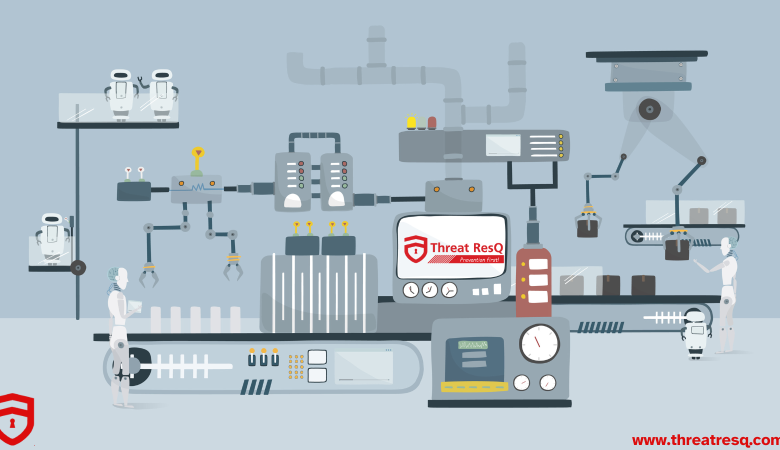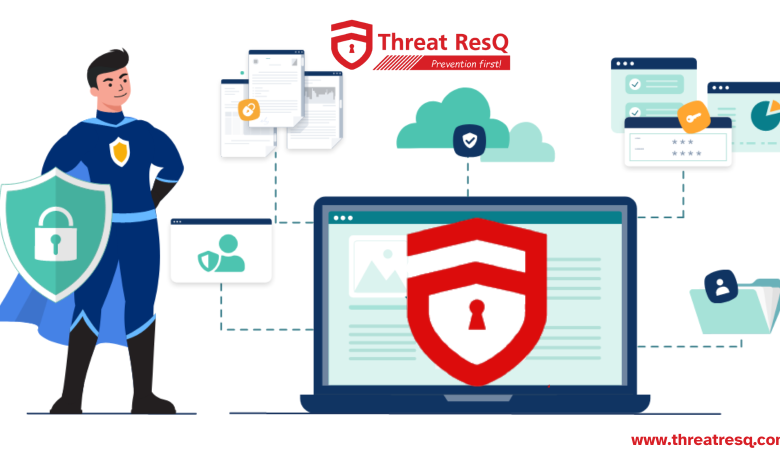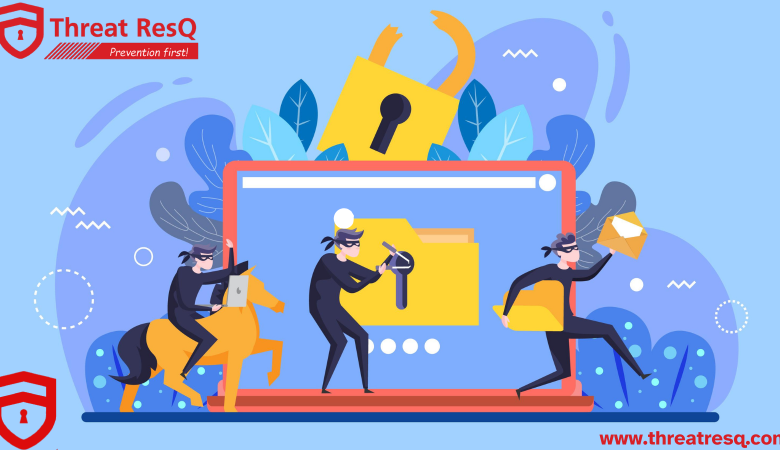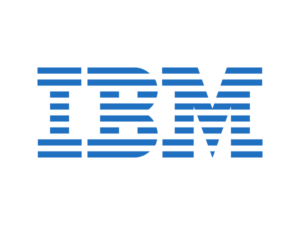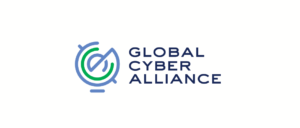Introducing TRAC by Threat ResQ: Your Strategic Partner for ITGC, Audit & Compliance Success
Introduction In today’s complex digital landscape, organizations are under increasing pressure to prove their resilience, accountability, and compliance with various regulatory and governance frameworks. Be it SOX, ISO 27001, GDPR, HIPAA, or internal IT audit mandates, ensuring a robust IT control environment is no longer optional—it’s critical. To help businesses meet these ever-evolving requirements, Threat ResQ proudly launches TRAC — Threat ResQ Audit & Compliance Services. This specialized portfolio is crafted to assist organizations across industries in maturing their cybersecurity and governance frameworks, starting with IT General Controls (ITGC) and extending into holistic audit lifecycle management. What is TRAC? TRAC is a comprehensive service line under Threat ResQ, offering tailored audit and compliance services that address the foundation of IT governance. Whether you’re preparing for a regulatory audit, building internal IT compliance frameworks, or responding to third-party security demands, TRAC empowers you with expertise, tools, and hands-on support. The Core of TRAC: ITGC (IT General Controls) ITGCs are the bedrock of every secure IT environment. These controls help ensure the confidentiality, integrity, and availability of systems and data across the enterprise. TRAC focuses on strengthening the 4 core pillars of ITGC: Access Management Role-based access controls Privileged account management Periodic access reviews MFA and password policy implementation Change Management Structured change request and approval workflows Testing and rollback planning Documentation and audit trail Separation of environments (dev, test, prod) System Development Life Cycle (SDLC) Secure design and development practices Secure code review processes UAT and staging environment governance Go-live approval procedures IT Operations & Infrastructure Controls Backup and recovery strategy and testing Logging and monitoring of system events Data center physical security Incident management and response readiness Why TRAC is Different: Our Value Proposition Unlike conventional audit consultancies, TRAC blends real-world cybersecurity experience with governance expertise. Here’s what makes TRAC the preferred choice: Cyber + Compliance Expertise: Our auditors are also cybersecurity professionals, giving you balanced advice on both control and practicality. Tailored Advisory: We design controls and frameworks specific to your infrastructure, size, and regulatory exposure. Remediation Assistance: Not just identifying gaps—we help you close them with hands-on support. Lifecycle Coverage: From gap assessment to post-audit advisory, TRAC covers your entire compliance journey. Industries We Serve TRAC is ideal for: IT/ITES and SaaS companies looking to gain client trust or pass third-party risk assessments BFSI and Fintech organizations preparing for RBI, SEBI, or SOX compliance Healthcare & Pharma firms managing HIPAA and patient data audits Manufacturing and logistics companies moving toward ISO 27001 or NIST CSF Complementary Services Under TRAC In addition to ITGC audits, TRAC includes: Cybersecurity Scorecard Reviews (CSCRF) Policy Framework Creation (ISO 27001-aligned) Cloud Security Posture Reviews (AWS, Azure, GCP) Internal Audit Readiness for board or investor due diligence Security Risk Assessments (SRA) aligned with NIST/ISO controls Our Engagement Approach Discovery Workshop Understand your business model, tech stack, and compliance context Gap Assessment Map current controls to your target regulatory or audit framework Action Plan & Roadmap Create a prioritized and practical remediation plan Implementation Support Assist with documentation, tool implementation, and policy alignment Audit Support & Review Provide assistance during audits and help with post-audit observations Client Success Snapshot We recently supported a mid-sized SaaS company preparing for ISO 27001 certification. Through TRAC, we helped: Identify 23 high-priority ITGC gaps Implement 15 critical policies within 45 days Conduct mock audits and address auditor feedback in real-time Result? A successful audit clearance with zero major non-conformities. Let’s Secure Your Compliance Journey Whether you’re an early-stage tech firm building a GRC foundation or an established enterprise preparing for a global certification, TRAC by Threat ResQ is your trusted compliance partner. Contact us today for a free discovery session. 🔗 www.threatresq.com 📧 info@threatresq.com 📞 +91-9910016361




